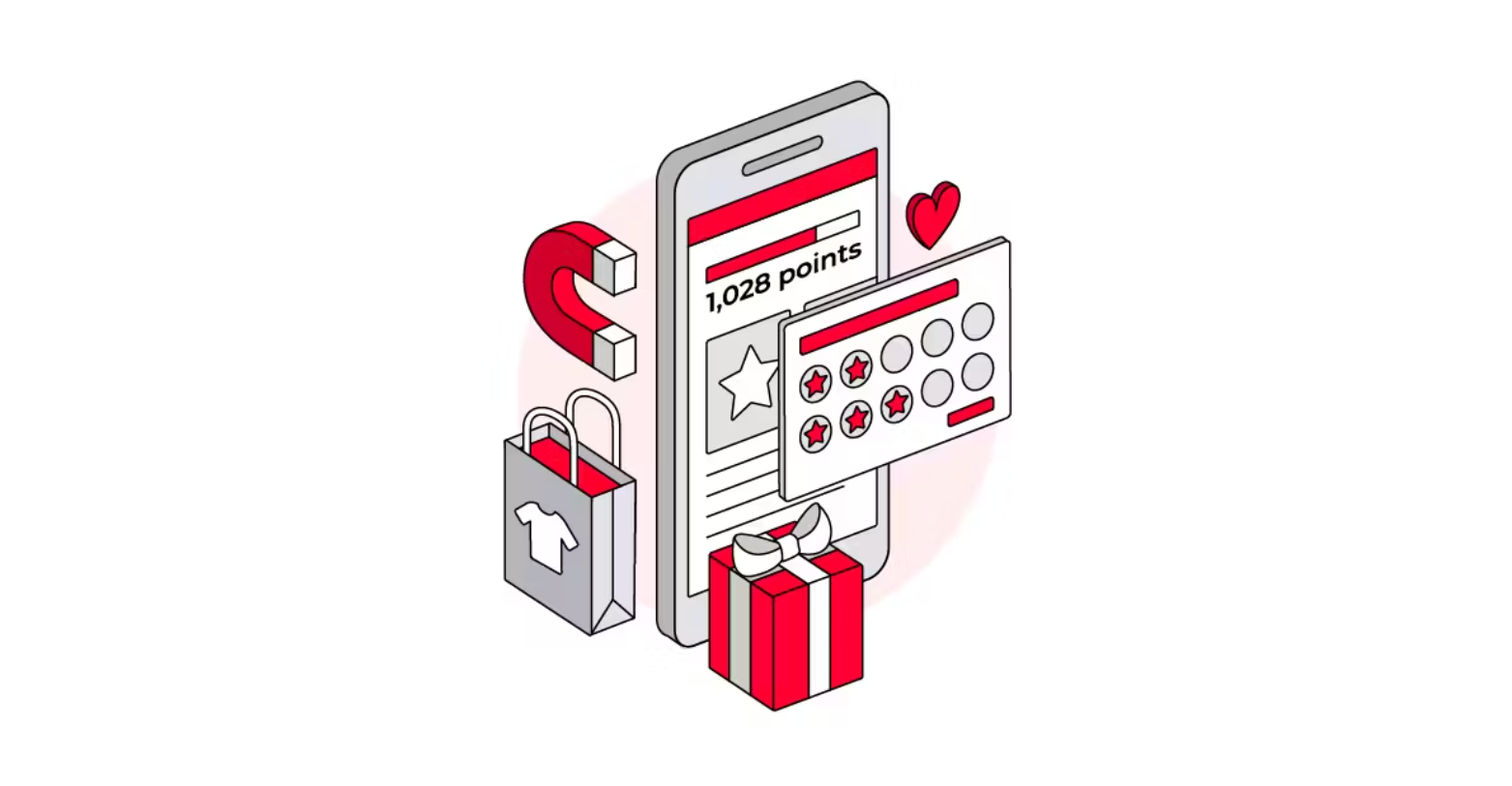Nectar360’s Amir Rasekh on why in-store retail media and loyalty schemes need to deliver for the customer

Despite the rise and convenience of ecommerce, shoppers still largely prefer to shop in-store, with a March 2025 YouGov poll revealing that 60% of Brits shop either equally online or in-store (33%), mostly in-store (23%) or always in-store (4%).
Enter in-store retail media, which promises a way for brands to reach consumers as they’re standing at the shelf via a number of digital touchpoints – from endcap screens at the end of aisles to screens on self-scan devices. While the potential of in-store retail media is still nascent, it’s considerable, as Amir Rasekh, Managing Director of Nectar360, argues:
“When you’re building a retail media network, it would be remiss just to focus on the online environment … you have to have a retail media network that can engage customers on whatever mission they’re on.”
However, Rasekh points out that because retail media sits so close to the customer, getting the customer experience right is paramount. “[Whether] online or in a store environment, you’ve got to make sure that everything you do from a retail media perspective is additive to the customer experience.
“…If you don’t get that right, you won’t see the returns.”
We spoke to Rasekh about how omnichannel retail media can deliver on its potential, what retailers can do to get the most from it, and how increasing competition in the loyalty space has led brands to innovate on their offerings and engage customers in new and creative ways.
What customers want: relevance, personalisation and creativity
Research conducted by Nectar360 into customers’ views on retail media has revealed that customers have a basic understanding of the concept – enough to form opinions on what it should look like.
According to Rasekh, key findings that emerged were that customers want retail media that is relevant and also personalised; they also had “a high recall on creative executions online or in-store [and recalled these] quite quickly without being prompted.”
When it comes to in-store retail media, delivering the relevance that consumers value will depend on ensuring that screens are connected up in a way that allows for versatility and dynamic delivery. “What does that mean? One single CMS that connects all those screens – and using data and insight to be able to deliver dynamic digital content across those formats,” Rasekh explains.
This might be content that changes based on the weather, or creative that engages customers in stores where a new product has been launched. Screens can also be adapted to show the messaging most relevant to their location – for example, an ad for a cosmetics brand positioned at the entrance to Health & Beauty.
You have to have a retail media network that can engage customers on whatever mission they’re on.
“Game-changing” for shoppers and for advertisers
This isn’t a straightforward technical feat, particularly across thousands of screens located within hundreds of stores. “The levels of sophistication and consideration that need to be put into that [are high],” Rasekh says.
“If you’re running across a thousand stores, you’re thinking about X number of screens being landed – what location in the store, levels of connectivity, the right moments for customers … the store operations consideration.
“But you do it right once, and you have a really great way of engaging customers with branded content in shops. … Delivering digital content at the right point … in a really dynamic way, in an intelligent and smart way, is game-changing.”
He points out that the benefits extend to advertisers as well – “and I think that’s something that’s often missed in the way people talk about retail media. You cannot deliver fantastic client outcomes … amazing returns, shifts in brand metrics and conversion – if you’re not delivering a fantastic customer journey.
“The end consumer has to resonate.”
Rasekh’s advice to retailers who want to get the most out of retail media both online and in-store is to take a step back and consider the bigger picture. “Think about your business objectives – what are the customer outcomes you’re trying to deliver? What is the insight? And [use that to] build a considered, long-term, omnichannel strategy through retail media.
“When you do things in the right way, in a considered way, and really think about the customer – you see fantastic returns as a consequence.”
Beyond ‘one-dimensional’ loyalty: How brands are standing out across sectors
Brands are also looking for ways to go above and beyond for the customer in loyalty, which has become a hugely competitive space – in part due to the rise of retail media that draws on customer data from loyalty schemes, but also as brands become more attuned to the importance of customer retention in a price-pressured environment.
This is true across not just retail, but sectors from QSR (quick-service restaurants) to travel and health and beauty, where brands are launching new programmes or revamping and digitising established schemes. “The biggest transformation I would say we’ve seen in the last five years is the vast majority of sophisticated loyalty programmes digitis[ing] themselves,” says Rasekh.
“[Because] it’s a highly competitive market, how do you create value and utility to drive retention of customers, greater level of frequency, and share of wallet?”
Rasekh reveals that Nectar360’s internal research has found customers value experiences in loyalty schemes almost as highly as rewards – “and the expectation [from customers] is ‘all of the above’. And that’s why you’re seeing really interesting moves from different types of sectors.”
There’s potentially a view that loyalty can be quite one-dimensional, but actually, it’s very innovative.
Stand-out brand examples include KFC’s Rewards Arcade app for the UK market, which invites customers to play arcade games in exchange for the opportunity to win free menu items. Grocery brands like Sainsbury’s and Tesco have also incorporated elements of gamification to engage customers with their loyalty programmes in new ways, completing specific tasks or personalised challenges, in exchange for higher points payouts.
In high-end beauty, Sephora incentivises its UK loyalty card holders to share feedback by offering loyalty points in exchange for reviews, and in North America has created loyalty challenges that invite customers to engage with more of its offering, such as by trying Sephora’s in-store shade-matching tool or signing up for text alerts.
A trend that is making its way into the travel industry is the ability to exchange points across providers – Virgin Atlantic partners with a range of loyalty schemes including Heathrow Rewards, Hilton Honours, and American Express Membership Rewards to let customers convert their points into Virgin Points, while British Airways and Marriott Bonvoy have partnered with Nectar on a similar proposition.
“If you think about the new dawn of loyalty, that value and utility and that flexibility is something that customers really want – and what you see in those types of exchanges is there’s no level of passive behaviour. It’s all very active,” says Rasekh.
“I really like the way loyalty programmes have moved away from a quite analogue way of engaging customers – and are thinking … how do you build these amazing customer journeys through technology, and have this great ability to add value, utility?
“…There’s potentially a view that loyalty can be quite one-dimensional, but actually, it’s very innovative,” he goes on. “You have to ask: why are we seeing such levels of innovation, from digitalising programmes to these different moments? That’s the way you engage customers – they want to be engaged.”
Also published in: E-consultancy



